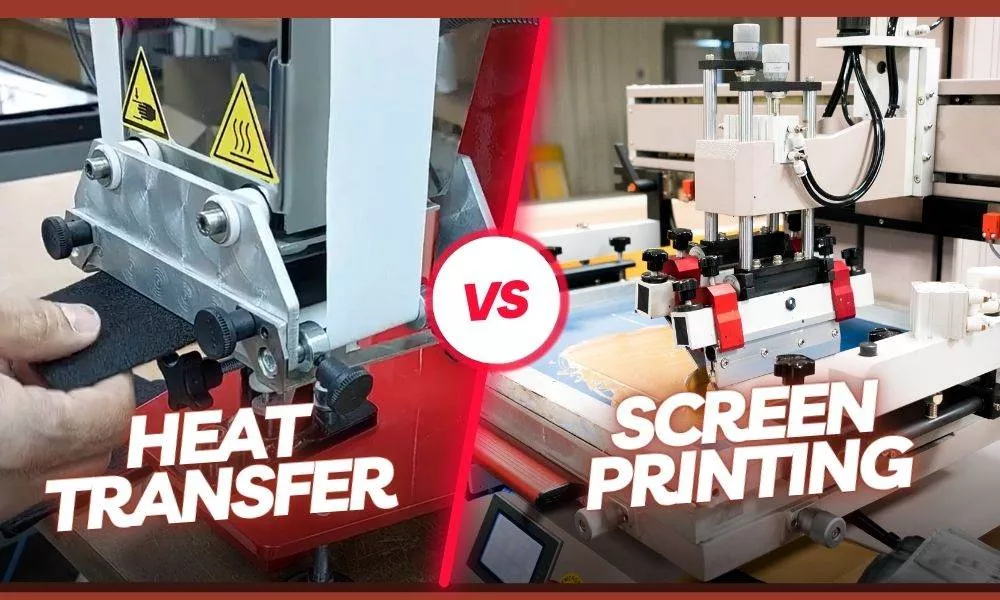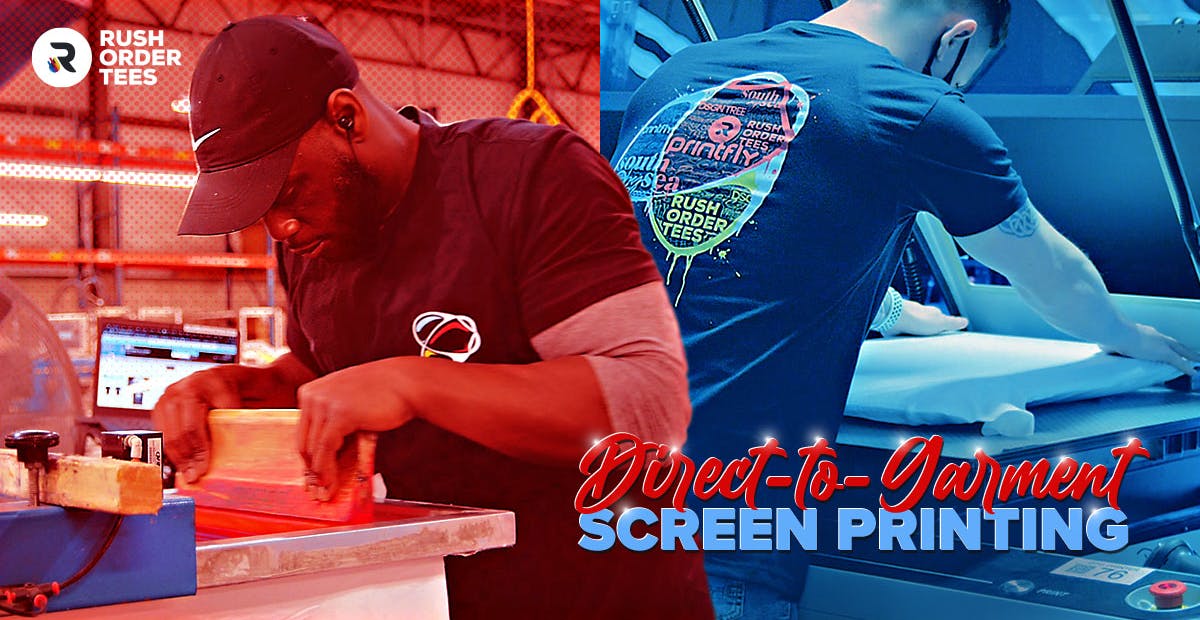The Best Guide To Tx Tees
The Main Principles Of Tx Tees
Table of ContentsSome Known Incorrect Statements About Tx Tees Tx Tees - The FactsTx Tees Fundamentals ExplainedSome Known Factual Statements About Tx Tees Not known Incorrect Statements About Tx Tees The Best Strategy To Use For Tx TeesOur Tx Tees Ideas
That brings your overall to approximately $1,900 gross and shipping. Add up other prices, like the number of energies it takes to run the store and the cost of ink and emulsion per layout. custom t-shirt design. Take the print below as an example. This is a one-color picture, so the price of ink per shirt is approximately 20 cents.The solution ought to only be a couple of cents since you 'd only need to coat one display for this task. Usually, printers attempt to make up to 45% revenue on a print job.

With DTF, you can publish a handful of t shirts, or just one. Make use of the same calculator as the section above to calculate just how much profit you 'd make using DTF transfers. Contrast the expenses and revenues to whichever approach talks best to your arrangement and procedure. Both screen printing and DTF have their particular niches on the planet.
Tx Tees for Dummies
The very best method to understand? Ask about and see what print stores like yours are doing. custom cap printing. Try both out and see which you like better
When you're picking what kind of printing approach to make use of for printing your art work styles on your garments, it is essential that you understand the differences between these two strategies so you can optimize results while minimizing prices. Screen printing is one of the most generally made use of method for publishing designs on textiles.
DTG printing is also referred to as area or direct to garment printing since it prints only what is required instead of making a screen as display printers do. https://www.huntingnet.com/forum/members/txtees02.html?simple=1#aboutme. Screen printing works by screen filler squeegee screen printing ink screen mesh display, then transferring the picture to garment using warmth and/or pressure
The DTG printer utilizes special dye-sublimation inks that are applied right into a pre-designed image by a digital printing system. The inks enter into the fabric, enabling vibrant shades and extraordinary information. It's also referred to as spot or direct to garment printing due to the fact that it prints only what is required instead of making a screen as display printers do.
Tx Tees Can Be Fun For Anyone
It's much faster - you can publish a fullcolor photo in mins, as opposed to hours for display printing. Second, there's no established time or expenses entailed - you can publish any kind of design you like, without having to create a screen first. Third, there's no waste - due to the fact that display printers display print one layout at a time, they need to evaluate each shade independently.
The paper is really costly and can just be utilized when. Once it's printed on, it needs to be discarded. - The initial acquisition rate is reduced than the in advance investment of DTG printers- You can print multi-color layouts one display each time as opposed to having to publish each shade individually like DTG printing.

The 4-Minute Rule for Tx Tees
Instead of utilizing screen mesh as display printers do, dye sublimation printers use laser innovation to move your images onto garments or paper. A heat process moves the color from its solid-state straight right into the gas phase which consequently merges it onto textile substratums when they are rapidly heated to heats under high pressure.
Sublimation printing is environment-friendly. It makes use of less water than screenprinting, and because it doesn't include the usage of harmful solvents, it's safe for all sorts of apparel. The dye sublimation inks are likewise unsmelling when healed, unlike display printers that make use of harmful chemicals during the screen printing process that leave behind an unpleasant odor.
They also save money on costly equipment like direct exposure devices since color sublimation printers do not call for a UV direct exposure system or a flash remedy stove that is normally utilized in display printing (custom cap printing). What is direct to garment printing (DTG Printing)? DTG printing you can try here is a digital screenprinting procedure that publishes straight onto material using specialized inkjet printers
The Ultimate Guide To Tx Tees
DTG printing supplies numerous benefits over traditional screenprinting, consisting of the ability to publish photo quality images, better shade vibrancy, and the capability to print designs on darker textiles. DTG printers function by heating up the textile ink till it transforms right into a gas. The gas then penetrates the fabric, bonding with the fibers to develop an irreversible print.

Screen printers just prepare their display then begin publishing until they lack item or ink.- There is a wide variety of knowledgeable screen printers all over the world, which can be helpful for novices. - It's a slower procedure - display printers often need to await the ink to completely dry prior to they can print the following color- Display printers need manual work, so there's a greater learning contour and it takes longer to generate a top quality layout- Screen printing isn't as accurate as DTG printing, so you might get some "blood loss" of shades from one component of the photo onto an additional otherwise done appropriately.
The Single Strategy To Use For Tx Tees
Rather of making use of screen mesh as display printers do, dye sublimation printers use laser technology to transfer your pictures onto garments or paper. A warm process moves the dye from its solid-state directly into the gas phase which consequently fuses it onto textile substrates when they are quickly heated up to high temperatures under high pressure.
Sublimation printing is eco-friendly. It uses much less water than screenprinting, and since it doesn't entail using dangerous solvents, it's safe for all sorts of apparel. The color sublimation inks are likewise odorless when healed, unlike display printers that utilize harmful chemicals during the screen printing procedure that leave behind an undesirable odor.
They additionally conserve money on costly devices like exposure systems because dye sublimation printers don't call for a UV direct exposure unit or a flash remedy stove that is commonly made use of in display printing. What is straight to garment printing (DTG Printing)? DTG printing is an electronic screenprinting procedure that publishes directly onto material making use of specialized inkjet printers.
The Definitive Guide for Tx Tees
DTG printing supplies several benefits over typical screenprinting, including the ability to publish photographic quality images, higher shade vibrancy, and the capacity to print layouts on darker textiles. DTG printers function by warming the fabric ink till it transforms right into a gas. The gas then penetrates the fabric, bonding with the fibers to develop an irreversible print.